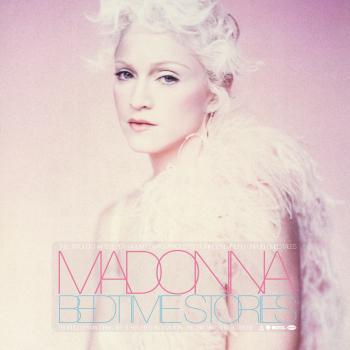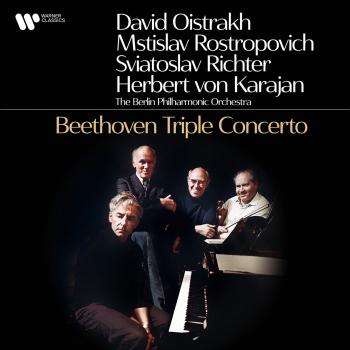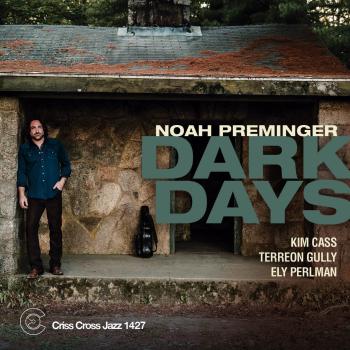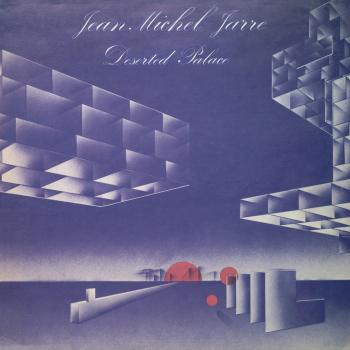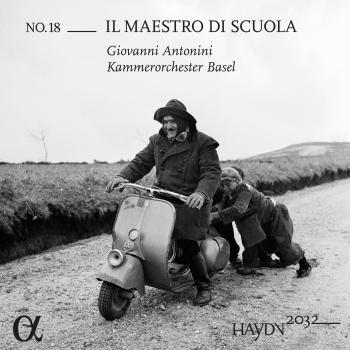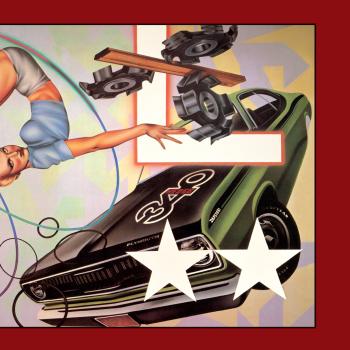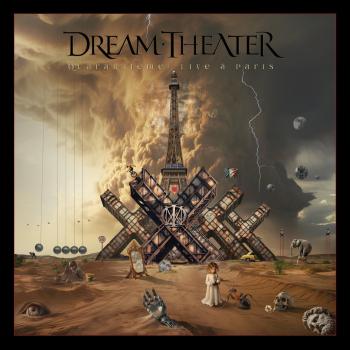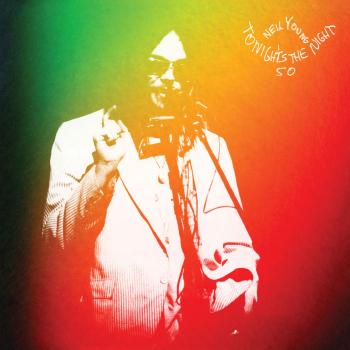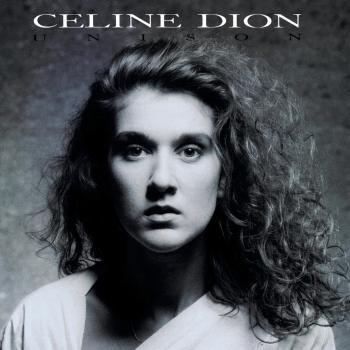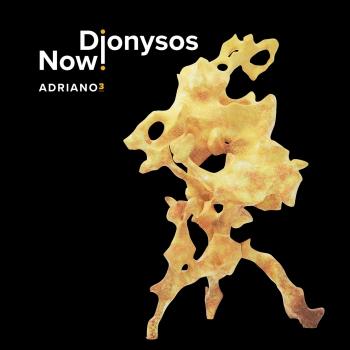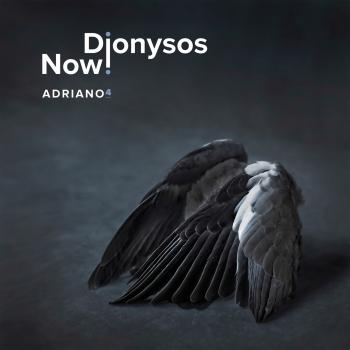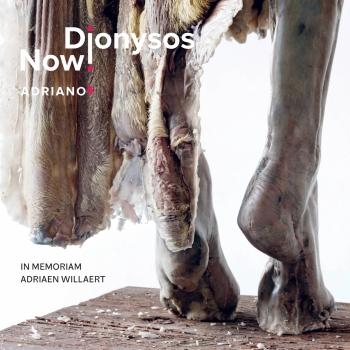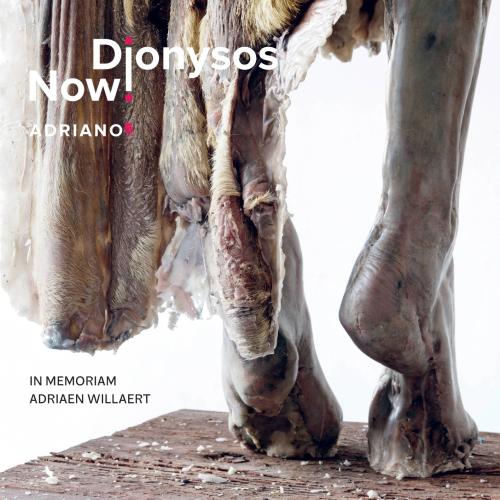
Adriano 5 Dionysos Now
Album Info
Album Veröffentlichung:
2024
HRA-Veröffentlichung:
03.05.2024
Label: Evil Penguin Classic
Genre: Classical
Subgenre: Vocal
Interpret: Dionysos Now
Komponist: Cipriano de Rore (1516-1565), Andrea Gabrieli (1510-1586), Adrian Willaert (1490-1562), Giovanni Battista Conforti (1550-1605), Gioseffo Zarlino (1517-1590), Floriano Canale (1575-1612)
Das Album enthält Albumcover Booklet (PDF)
- Cipriano de Rore (1516 - 1565): Concordes adhibete animos (de Rore):
- 1 Rore: Concordes adhibete animos (de Rore) 03:07
- Andrea Gabrieli (1533 - 1585): Sassi, palae:
- 2 Gabrieli: Sassi, palae 04:12
- Lorenzo Benvenuti: Giunto Adrian:
- 3 Benvenuti: Giunto Adrian 05:41
- Daniele Grisonio: Vu ha ben casun:
- 4 Grisonio: Vu ha ben casun 04:03
- Adriaen Willaert (1490 - 1562): Dulce Padrun:
- 5 Willaert: Dulce Padrun 04:48
- Alvise Willaert (1490 - 1562): Pianza’l Grego Pueta:
- 6 Willaert: Pianza’l Grego Pueta 05:29
- Gianbattista Conforti (1550 - 1570): S’hoggi son senz’honor:
- 7 Conforti: S’hoggi son senz’honor 02:30
- Gioseffo Zarlino (1517 - 1590): Parce mihi Domine:
- 8 Zarlino: Parce mihi Domine 04:28
- Taedet Animam meam:
- 9 Zarlino: Taedet Animam meam 05:04
- Manus tuae:
- 10 Zarlino: Manus tuae 03:27
- Adriaen Willaert: Dove sei tu, mio caro:
- 11 Willaert: Dove sei tu, mio caro 04:28
- Floriano Canale (1575 - 1612): Concordes adhibete animos (Canale):
- 12 Canale: Concordes adhibete animos (Canale) 03:41
Info zu Adriano 5
Tore Tom Denys hegte schon lange den Wunsch, ein Album mit all den vielen Elegien und Lobliedern zusammenzustellen, in denen Maestro Adriaen Willaert musikalisch verewigt ist. In den letzten Jahren sind zwar verschiedene musikwissenschaftliche Arbeiten veröffentlicht worden, die die Musik zu Ehren von Willaert beleuchten, die nach seinem Tod 1562 komponiert wurde. Bislang fehlten jedoch Aufnahmen und vor allem Aufführungen der meisten dieser Werke. Ein Grund mehr, dieses »Vakuum« – das bei einigen Werken immerhin mehr als 400 Jahre umfasst – mit Dionysos Now! zu füllen.
Franz Vitzthum, Countertenor
Filip Dámec, Countertenor
Bernd Oliver Fröhlich, Tenor
Jan Petryka, Tenor
Tore Tom Denys, Tenor
Tim Scott Whiteley, Bassbariton
Joachim Höchbauer, Bass
Dionysos Now
Tore Tom Denys, Musikalische Leitung
Dionysos Now
I would like to show you that vocal polyphony of the Renaissance is very captivating music, and deserves to be heard by a wider audience.
Dionysos Now! wants to create cathedrals from sounds, in which you perceive the music as if you were flattering the cathedrals with a drone from far above. The brick stones are overall but they seem to merge into the whole, into the 'gestalt', where the radiant music generates much more effervescent energy than the sum of the tones, the contagious flow in the music is sought and captured, like a surfer who seems to have found the perfect wave and seizes his chance to float on it before it goes away again.
With the wise words of Winston Churchill in mind "Never waste a good crisis", I started studying the scores of my fellow townsman Adriaen Willaert during the lockdown and so I rediscovered the wonderful music of this Venetian chapel master over the past few months. A new initiative was born: Dionysos Now! Vienna is a brand new project that aims to spread the magnificent heritage of Adriaen Willaert. With Dionysos Now!, I would like to demonstrate that Renaissance vocal polyphony is very captivating music that deserves to be appreciated by a wider audience.
Tore Tom Denys, founder Dionysos Now! Vienna
Anyone who reads the name Dionysos Now! correctly will discover the reference to Denys: Tore Tom Denys is the founder and artistic director of the ensemble.
Dionysos Now! is also in Greek mythology the growth force of the earth and human civilisation, zeal and enthusiasm, god of wine (construction) and fruit growing, poetry, theatre and music. As god of peace he brings people together and as victor over death he is god of the underworld. In various ways he had an important influence on the life, thought and work of the Greeks and Romans.
An ideal figurehead, therefore, from a great recognition for Willaert's work, to want to share this oeuvre with a large audience in the most diverse forms with great enthusiasm. It is Tore Tom Denys' ambition to map out the work of his "fellow townsman" by means of concerts and original CD recordings and to give him the fame he deserves.
The ensemble works and rehearses from Vienna but has an international base and unites top soloists in polyphony. Tore Tom Denys has his own clear vision on how he wants to perform Willaert's oeuvre with care for the original manuscripts and scores.
Ensemble Dionysos Now! is a flexible project in which the basis consists of 6 voices which, depending on the programme, can be extended to polyphonic or supplemented with an instrumental ensemble. To this end, a permanent collaboration will be set up with various internationally renowned ensembles.
Tore Tom Denys
has worked and lived in Vienna for over 20 years but was born and raised in Roeselare.
Tenor Tore Tom Denys joined the vocal core of the Capilla Flamenca in 2006. He studied trumpet at the Conservatory of Antwerp and could be heard worldwide as a concert and solo trumpet player. From 1994 to 1998, as a member of the 'World Youth Choir', he visited all continents, where his interest in early music and the art of singing grew steadily and he changed the trumpet for singing. He was a member of the vocal ensemble Currende with whom he recorded several CD's and was co-founder of the Goeyvaerts Consort. etc...
In 1998 Tore Tom Denys moved to Vienna and studied singing at the "Konservatorium der Stadt Wien". He was admitted to the "Arnold Schönberg Chor" (conducted by Erwin Ortner) and went on various tours as a soloist with this choir. Since 1999 he has been a member of the choir of the Vienna State Opera and has performed with it at the "Salzburger Festspiele" in productions by L. Maazel, R. Muti, Gjergiev W. Sawallisch. Besides his performances at various festivals in Austria and abroad, he is a permanent soloist with the ensembles "Nova", "Armonico Tributo Austria", "Cinquecento" and "Clemencic Consort". He is also founder and singer of the ensemble "Vivante", an ensemble for early music, which mainly performs music from the Italian Early Baroque and Ensemble Dionysos Now!, with a focus on polyphony. He is also a much sought-after soloist by Philippe Herreweghe with Collegium Vocale Gent for the specific polyphony music.
Booklet für Adriano 5

